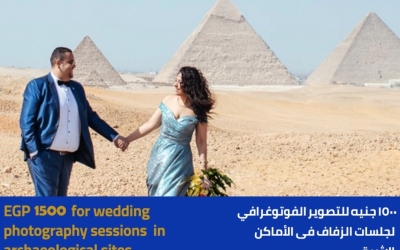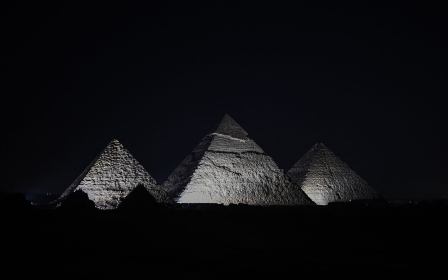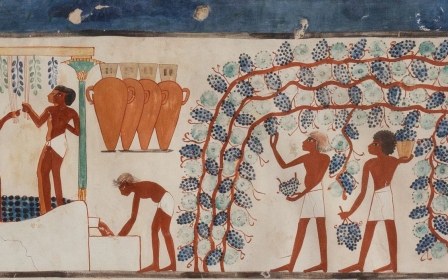Archaeologists discover nine mysterious crocodile skulls in ancient Egyptian tombs

Archaeologists in Egypt have unearthed nine crocodile skulls hidden for thousands of years in two ancient tombs in Upper Egypt's Theban Necropolis.
A team from the University of Warsaw discovered the giant crocodile heads, covered in linen and devoid of any form of preservation, during their excavation of two tombs at Theban Necropolis, a famous burial site for ancient Egyptians.
Art News site reported on Tuesday that the nine crocodiles' remains were found inside two tombs that belonged to notable officials who lived in Egypt's New Kingdom, a dynasty established between the 16th and 11th century BCE.
One of the tombs is believed to belong to a dignitary, while the other belongs to a high-ranking royal court servant.
The University of Warsaw team have been excavating the two tombs since 2013. Patryk Chudzik, the team supervisor, said the discovery is "one of a kind".
New MEE newsletter: Jerusalem Dispatch
Sign up to get the latest insights and analysis on Israel-Palestine, alongside Turkey Unpacked and other MEE newsletters
"This is a completely unusual discovery and the first of its kind in the history of research in Egypt," Chudzik told Arkeonews.
"We know of many crocodile mummies that have been found along the Nile. They are all mummies of whole crocodiles that have been deposited in specially prepared catacombs of sacred animals - in this case, crocodiles or sacred animals of the god Sobek."
Crocodylus niloticus
The skulls belonged to the Crocodylus niloticus, an indigenous reptile of the Nile river area.
"Only the [crocodiles'] heads and not the entire bodies of these Nile reptiles have been deposited in the tombs where we work," Chudzik said.
He added that they were not mummified but only wrapped in linen, with no form of preservation.
"Finally, the remains were found in the tombs of humans, not the catacombs of sacred animals," he said.
Ancient Egyptians mummified crocodiles, cats, ibis, hawks, snakes and dogs. Some of these animals, such as cats, were mummified and sold to be offered as gifts to the gods at the temples.
However, Artnews reported that "crocodiles were sacred in ancient Egypt as vessels of the god Sobek, a deity whose associations included the Nile, fertility, and military might".
Middle East Eye delivers independent and unrivalled coverage and analysis of the Middle East, North Africa and beyond. To learn more about republishing this content and the associated fees, please fill out this form. More about MEE can be found here.





